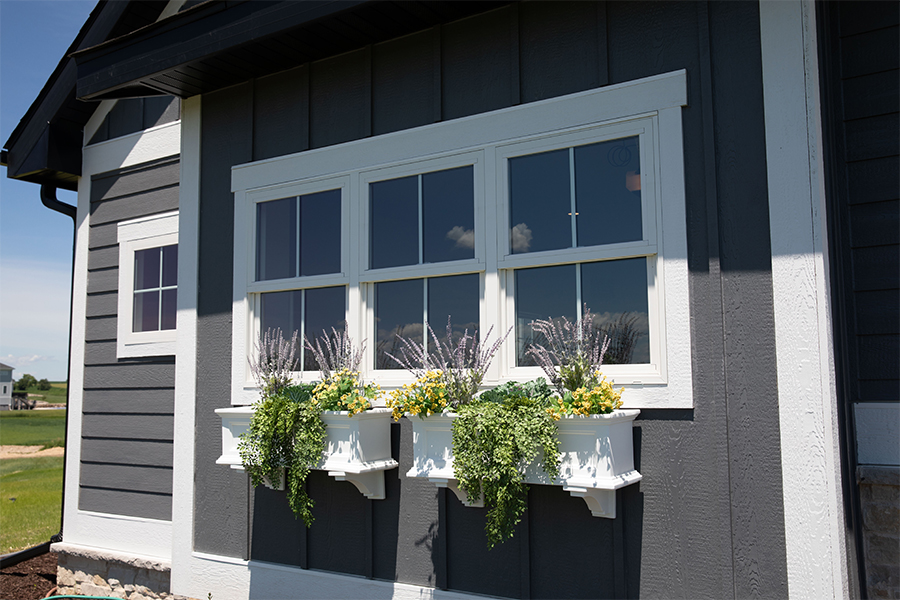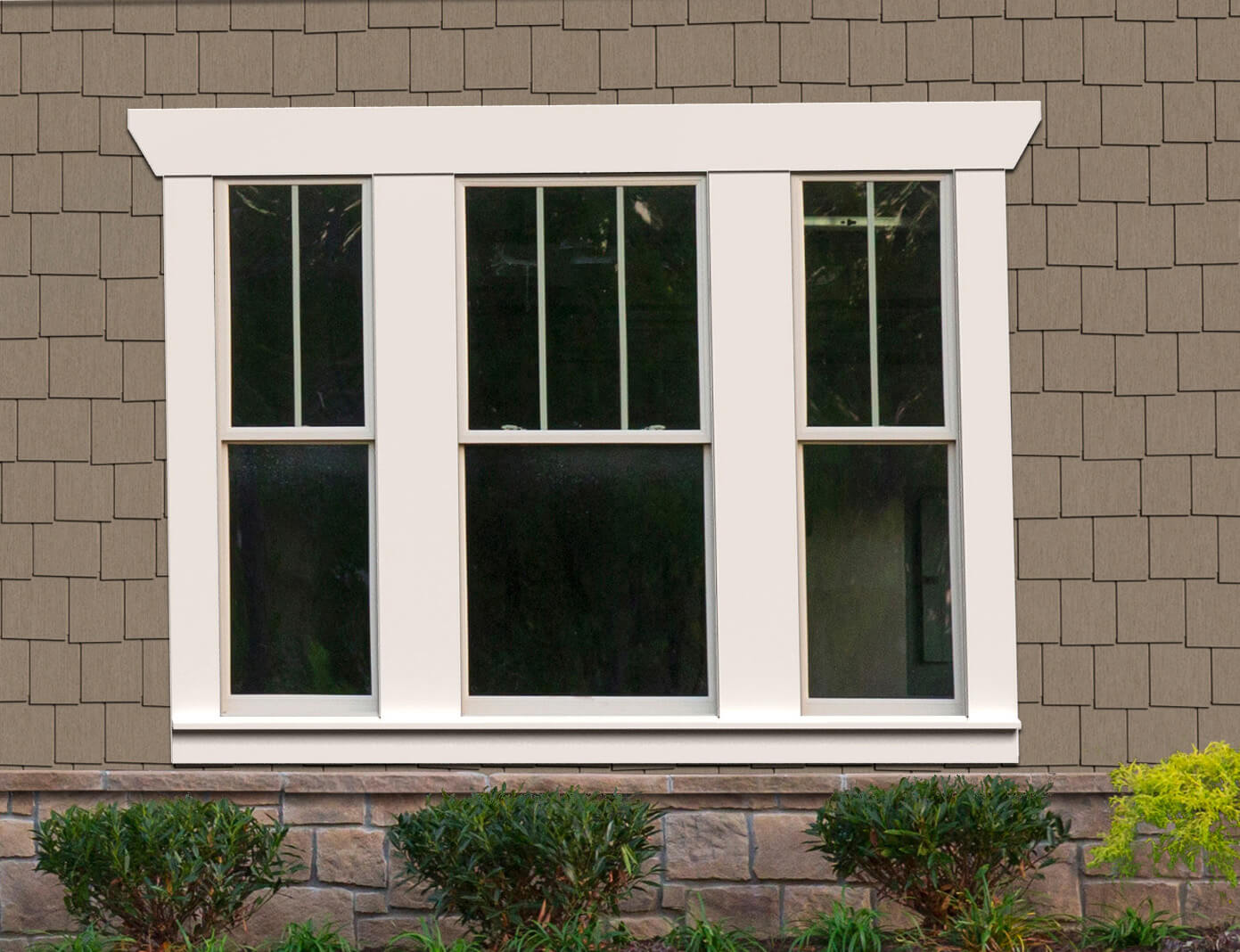Your home’s exterior is its first impression, and you want to make it count. One of the most effective ways to enhance your home’s curb appeal is by investing in decorative exterior window trim. Not only does it add visual interest, but it also showcases your unique style and personality. In this article, we’ll explore various aspects of decorative window trim, from styles and materials to installation tips and maintenance. Let’s dive in and make your windows the star of your home!
What is Decorative Exterior Window Trim?
Decorative exterior window trim refers to the embellishments or moldings surrounding your windows. This trim can range from simple flat boards to intricately designed moldings. It serves both functional and aesthetic purposes by framing your windows, protecting them from the elements, and enhancing the overall beauty of your home.
Why Use Decorative Window Trim?
Decorative window trim offers several advantages:
- Aesthetic Appeal: It transforms bland windows into stunning focal points.
- Protection: It can help shield your windows from water damage.
- Value Addition: Well-designed trim can increase your home’s resale value.
- Customization: You can express your style with various materials and designs.
Popular Styles of Decorative Window Trim
Choosing the right style of decorative exterior window trim can enhance your home’s architectural style. Here are some popular styles to consider:
1. Traditional Trim
This style often features classic moldings, cornices, and intricate details, making it a great choice for historic homes.
2. Modern Trim
Clean lines and minimalistic designs characterize modern trim. This style is perfect for contemporary homes.

3. Rustic Trim
Often made from natural wood, rustic trim evokes a cozy, farmhouse feel suitable for cottages and rural homes.
4. Craftsman Trim
Precision-cut wood combined with unique angles and built-in details define the Craftsman style, known for its handcrafted look.

Comparison Table of Window Trim Styles
| Style | Characteristics | Suitable for |
|---|---|---|
| Traditional | Intricate, detailed moldings | Historic homes |
| Modern | Minimalistic, clean lines | Contemporary homes |
| Rustic | Natural wood, cozy look | Farmhouses, cottages |
| Craftsman | Handcrafted details, unique angles | Arts and Crafts style homes |
Materials Used in Decorative Window Trim
Choosing the right material for your window trim is crucial, as it impacts durability, maintenance, and appearance. Here are some common materials:

1. Wood
Wood is a classic choice known for its warmth and versatility. It can be painted or stained to match your home’s color scheme.
Pros and Cons of Wood Trim
- Pros: Aesthetic appeal, easy to customize, good insulation.
- Cons: Requires regular maintenance, susceptible to rot and pests.

2. Vinyl
Vinyl trim is a low-maintenance option resistant to fading, peeling, and rotting. It’s available in various colors and styles.
Pros and Cons of Vinyl Trim
- Pros: Low maintenance, durable, cost-effective.
- Cons: Limited customizability, may not match all architectural styles.

3. Fiber Cement
This material combines durability with the look of wood. It is resistant to fire, pests, and rot, making it a great long-term investment.
Pros and Cons of Fiber Cement Trim
- Pros: Highly durable, low maintenance, can mimic wood.
- Cons: Heavier and more expensive than vinyl and wood.

4. Composite Materials
Composite materials blend wood fibers with synthetic materials, offering durability without the downsides of traditional wood.
Pros and Cons of Composite Trim
- Pros: Resistant to rot and insects, low maintenance.
- Cons: Can be more expensive than wood options.

How to Install Decorative Exterior Window Trim
Installing decorative window trim can be a rewarding DIY project if done correctly. Here’s a step-by-step guide based on personal experience:
Materials Needed
- Decorative trim pieces
- Wood glue or construction adhesive
- Nails or screws
- Caulk
- Paint or stain (optional)
- Measuring tape and level
- Power saw and nail gun (or hammer)
- Sandpaper or wood filler
Step-by-Step Installation Guide
Step 1: Measure and Cut
Measure the dimensions of your windows and cut the trim pieces accordingly. Be precise to ensure a snug fit.
Step 2: Dry Fit
Before securing, dry fit the trim around the window to confirm it fits correctly. Make adjustments as needed.
Step 3: Secure the Trim
Use wood glue and nails/screws to secure the trim in place. Ensure everything is aligned using a level.
Step 4: Caulk and Fill Gaps
Fill any gaps or seams with caulk for a smooth finish. This will also help protect your trim from moisture.
Step 5: Finishing Touches
If desired, paint or stain the trim to match or contrast with your home’s exterior. Allow it to dry thoroughly.
Maintenance Tips for Decorative Window Trim
To keep your decorative window trim looking its best, regular maintenance is key. Here are some tips:
Wood Trim Maintenance
- Inspect regularly for signs of rot or insect damage.
- Repaint or re-stain every few years to protect the wood.
Vinyl Trim Maintenance
- Clean with soap and water to remove dirt and grime.
- No painting required, but inspect for cracks or damage.
Fiber Cement Maintenance
- Inspect for chipping or cracks.
- Repaint as needed every 10 to 15 years.
Composite Trim Maintenance
- Clean annually with soap and water.
- Check for fading or discoloration; repaint if needed.
Conclusion: Elevate Your Home’s Style with Decorative Window Trim
Incorporating decorative exterior window trim is an excellent way to enhance your home’s curb appeal and express your style. With various styles and materials to choose from, you can find the perfect trim that resonates with your taste and fits your home’s architecture. Remember, proper installation and maintenance are crucial for ensuring longevity and beauty. So, whether you choose classic wood, modern vinyl, or rustic composite, your decorative trim will surely make your windows the focal point of your home!
Frequently Asked Questions (FAQs)
1. What is the best material for decorative window trim?
The best material depends on your budget and maintenance preferences. Wood offers a classic look but requires more upkeep, while vinyl and fiber cement are more durable and low-maintenance options.
2. How much does decorative window trim cost?
Costs can vary widely based on materials and installation. On average, you can expect to spend anywhere from $3 to $10 per linear foot.
3. Can I install window trim myself?
Yes! Installing decorative window trim can be a manageable DIY project with the right tools and patience. However, if you’re unsure, hiring a professional may be best.
4. How do I paint or stain my window trim?
Ensure the surface is clean and sanded. Apply paint or stain evenly and allow adequate drying time. Consider using a primer for the best finish.
5. Do I need permits for installing exterior trim?
Generally, simple installations do not require permits. However, check local regulations to confirm this for your area.